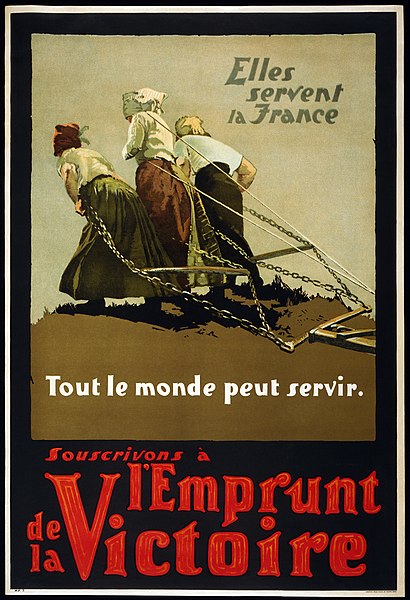Provinces and territories of Canada
Canada has ten provinces and three territories that are sub-national administrative divisions under the jurisdiction of the Canadian Constitution. In the 1867 Canadian Confederation, three provinces of British North America—New Brunswick, Nova Scotia, and the Province of Canada —united to form a federation, becoming a fully independent country over the next century. Over its history, Canada's international borders have changed several times as it has added territories and provinces, making it the world's second-largest country by area.
"O Canada we stand on guard for thee" Stained Glass, Yeo Hall, Royal Military College of Canada featuring arms of the Canadian provinces and territories as of 1965
Alberta Legislature Building
British Columbia Parliament Buildings
Manitoba Legislative Building
Canada is a country in North America. Its ten provinces and three territories extend from the Atlantic Ocean to the Pacific Ocean and northward into the Arctic Ocean, making it the world's second-largest country by total area, with the world's longest coastline. Its border with the United States is the world's longest international land border. The country is characterized by a wide range of both meteorologic and geological regions. It is a sparsely inhabited country of 40 million people, the vast majority residing south of the 55th parallel in urban areas. Canada's capital is Ottawa and its three largest metropolitan areas are Toronto, Montreal, and Vancouver.
Benjamin West's The Death of General Wolfe (1771) dramatizes James Wolfe's death during the Battle of the Plains of Abraham at Quebec City.
War of 1812 heroine Laura Secord warning British commander James FitzGibbon of an impending American attack at Beaver Dams
French version of the poster roughly translates as "They serve France–Everyone can serve; Buy Victory Bonds".
The same poster in English, with subtle differences in text. "They serve France—How can I serve Canada? Buy Victory Bonds".








